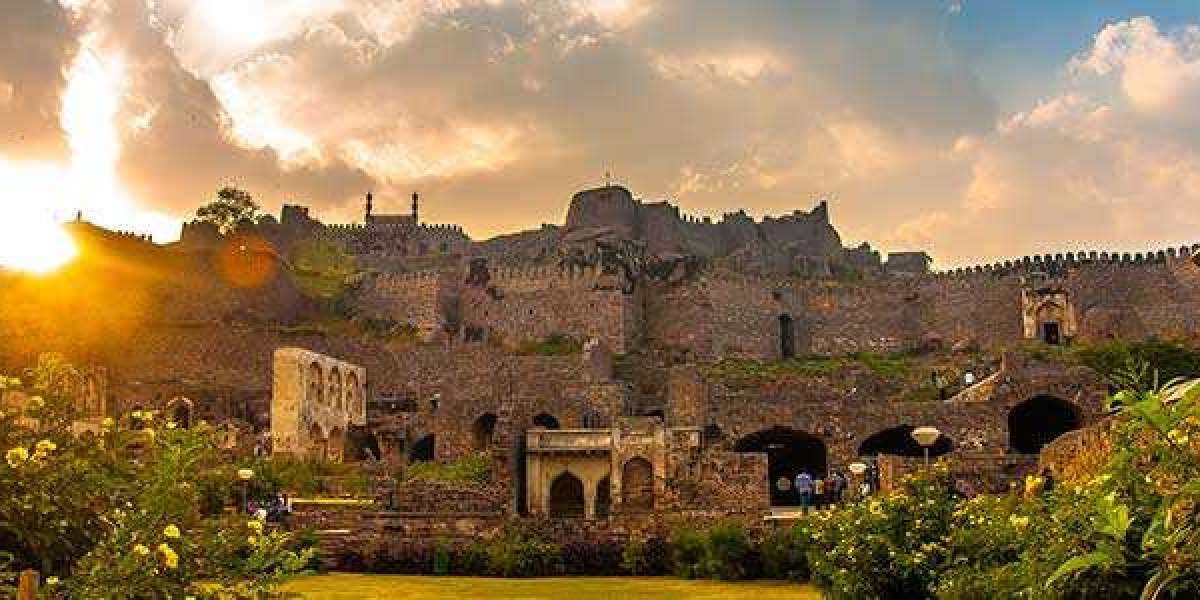India, a country famous for its rich heritage and culture. Her rich heritage and culture has kept everyone in a maze. All the states in India has some of the best monuments and architectural work which have amazed the rest of the world over the period of time. One such symbol of India’s rich cultural heritage is “Golconda Fort” which is located in the western part of Hyderabad city and is about 9 km from the Hussain Sagar lake. The Fort is considered as one of India's most outstanding citadels. It epitomises the sumptuous 'Nawabi' culture of the time. Golconda was originally known as Mandal. It was first built by the Kakatiyas as part of their Western defences along the lines of the the kondapalli forest. The fort was later and strengthened by Rani Rudrama Devi and her successor Prataparudra. Later, the fort came into the possession of Bahmani dynasty. Still later, the Qutub Shahi dynasty took over and made Golconda it’s capital.
“Shepherd’s Hill” or “Golla Konda” as it is popularly known in Telugu has a interesting story behind it. According to the legend, convert rocky hill a shepherd boy had come across an idle and the information was conveyed to the ruling Kakatiya king at that time. The king of the mud fort constructed around the holy spot and his descendants continue to follow this trend. Later the Qutub Shahi kings converted this into massive granite for extending 5 km in circumference. The Fort is considered a mute witness to historic events. The Qutub Shahi reign at Golconda ended in 1687 when it was run over by Mughal emperor Aurangzeb, who intentionally left it in ruins.
Golconda forth is listed as an archaeological treasure on the official list of monuments prepared by the Archaeological survey of India under the ancient monuments and archaeological sites and remains act. Golconda still boots of mounted canons, four drawbridges, eight gateways and majestic halls. The outermost enclosure is called Fateh darwaza meaning victory gate after Aurangzeb army marched successfully through this gate. At Fateh darwaza one can witness fantastic acoustical effects. Clapping your hand at a certain point near the Dome entrance reverberates which is heard clearly at the hilltop pavillion almost 1 km away. This so does a warning note to the inhabitants of the Fort of any impending danger. The four games and impressive place among the architectural marvels and heritage structures of India as it is a testimony to Hyderabad's glorious past.






